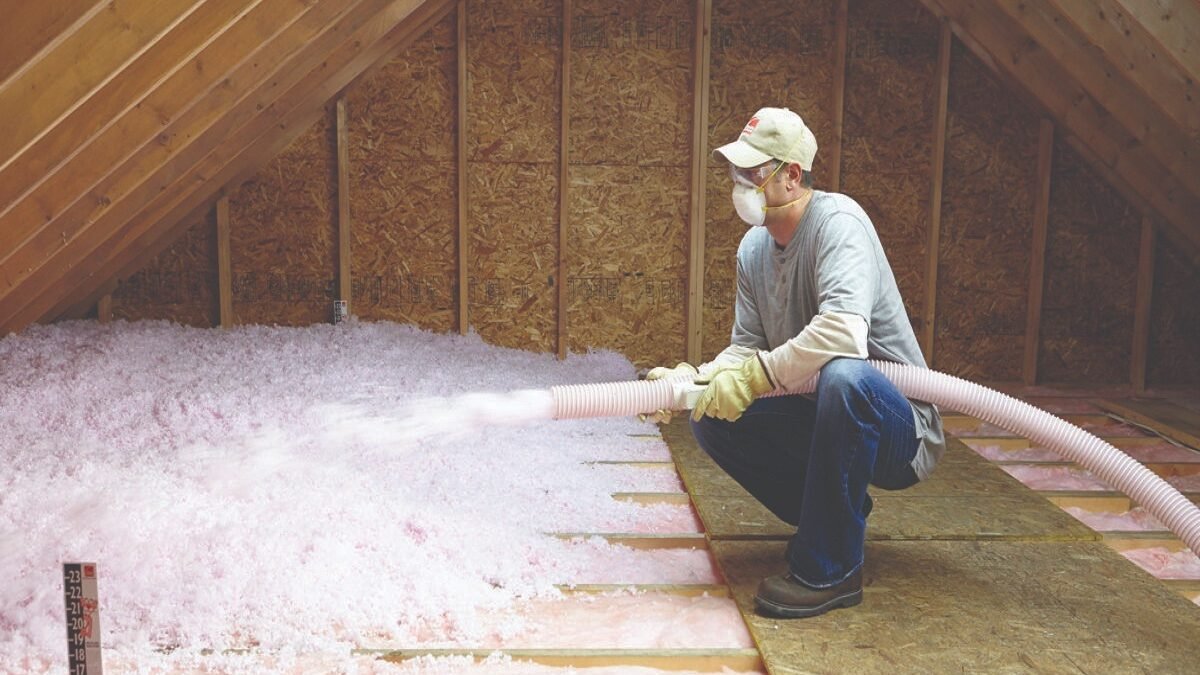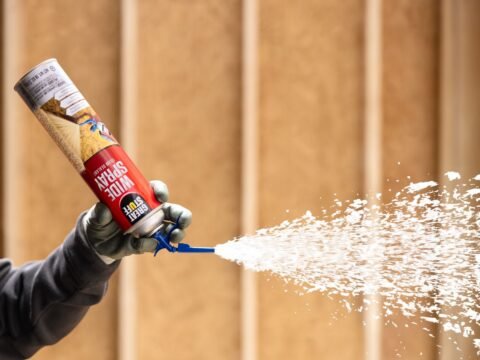- Call Us For A Quote
- (613) 319-8422
- info@613sprayfoam.ca
What Is Blown-In Attic Insulation, and How Does It Work?

The Best Way to Insulate a Garage
June 2, 2022
Tips for Insulating Your Basement by Spray Foam
June 10, 2022Suppose your home’s temperatures are not consistent. In that case, one option to consider is adding blown-in insulation to the attic. Instead of one piece, it will form a thick blanket of protection from increasing heat in the winter. It will prevent heat from flowing into your roof during the sweltering summer, keeping your house cool. Such as the insulation batts and spray foam which can use to fill an open space. However, at a higher cost, blow-in insulation is a loose-fill material that offers a cost-effective solution for your home’s attic insulation. Suppose you ensure that your house gets adequately insulated in the attic and insulation. In that case, you can reduce your energy bills and make your home far more comfortable.
The insulation you blow into your attic is constructed differently from other insulation. In contrast to batts, a single piece, the blown-in attic insulation gives you blankets of loose-fill insulation that can fit in different areas in your attic. It gives you access to electrical, lighting, and similar equipment, making it simple to take the insulation out of your way to make maintenance or repairs. Once you’ve completed the work, you can transfer the insulation back to its proper location to keep your home cozy.
The Installation of Attic Insulation
We begin with a thorough check to determine what kind of insulation you currently have installed and create plans to determine the amount of insulation needed to get added. We also take the time to ensure that the baffles are in your attic. These ventilation systems keep fresh air circulating through your roof. They are high enough and in good shape to ensure that this critical air circulation is maintained once the installation is complete.
If blown-in attic insulation has to get installed, it gets put into the hopper, which breaks up the insulation. A blower can then push the tiny fragments of insulation down a massive pipe to the installer inside the attic. The installer can regulate the speed at which the insulation moves, ensuring the insulation doesn’t get compacted too much; the loose layer adds the insulation value. A second person on the machine’s opposite side ensures that the hopper is loaded with insulation, providing the procedure gets completed quickly.
The Different Types of Blown-In Attic Insulation
- Cellulose is a popular material made from plant fibers and recycled paper that get often treated with fire retardants and mold inhabitants. It’s among the oldest forms of insulation still used extensively. It has a long history dating back to when people would fill in the wall of their houses with old newspapers and other similar materials to keep out drafts.
- If you’ve ever worked with insulation batts, the product you used get almost certainly made of fiberglass. Fiberglass blown-in insulation comprises ultra-thin glass strands to create an extremely flexible, fine material. The blown-in insulation is broken into tiny pieces and fed through a hose to put, rather than in batt or blanket form.
Installation of insulation isn’t an easy job to complete yourself. If you’re planning to install blown-in insulation, you should seek a professional such as 613 Spray Foam. It doesn’t matter if you’re planning an installation for the first time for your new home. Or if you are adding attic insulation to improve the efficiency of your older house. 613 Spray Foam can assist. Contact us today via calling (613) 319-8422 and Emailing info@613sprayfoam.ca for an estimate and find out how comfortable and efficient your home will be.




